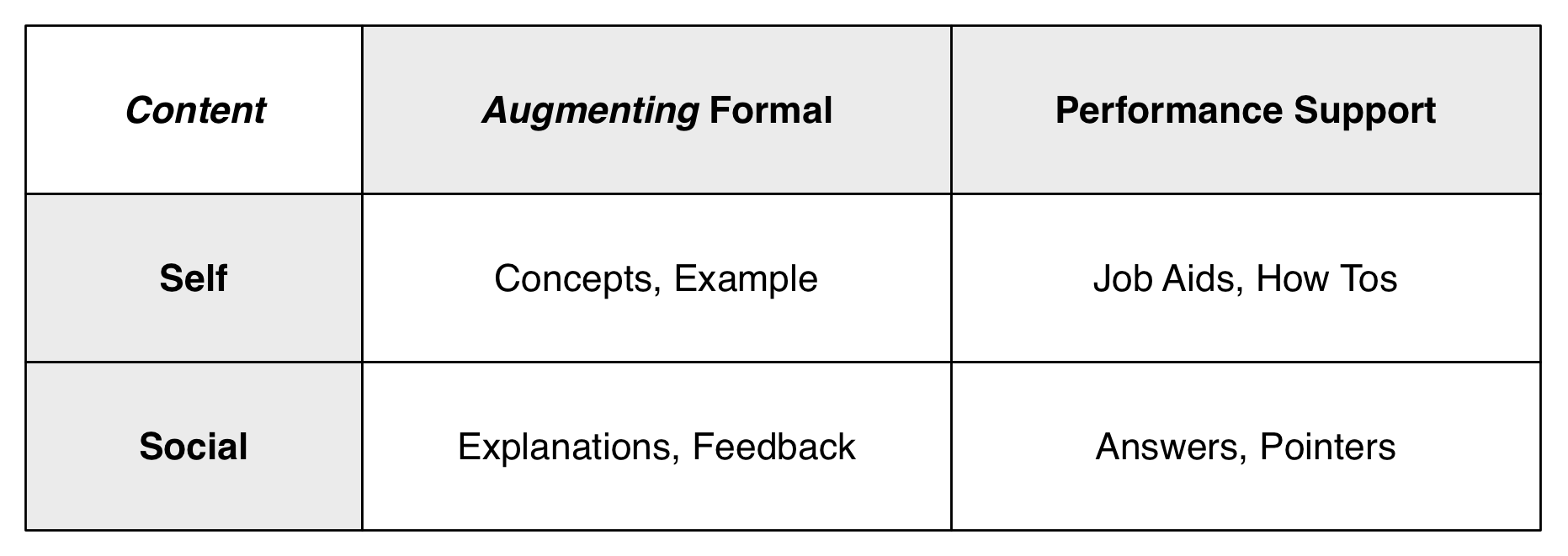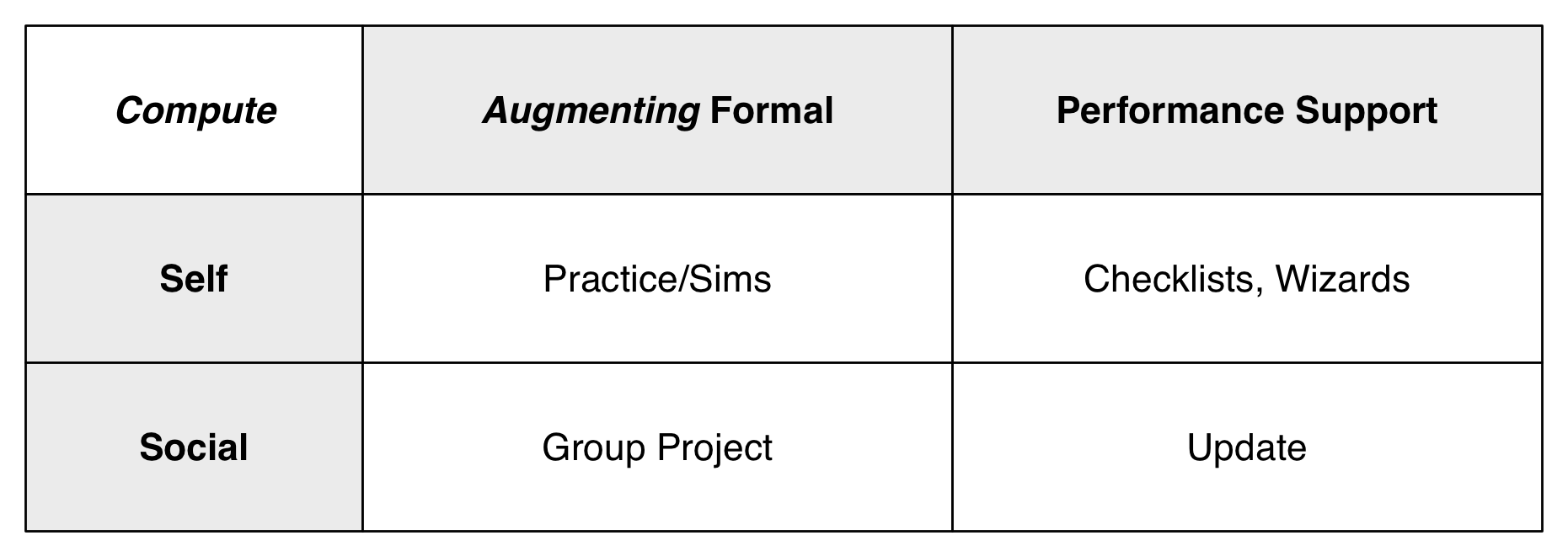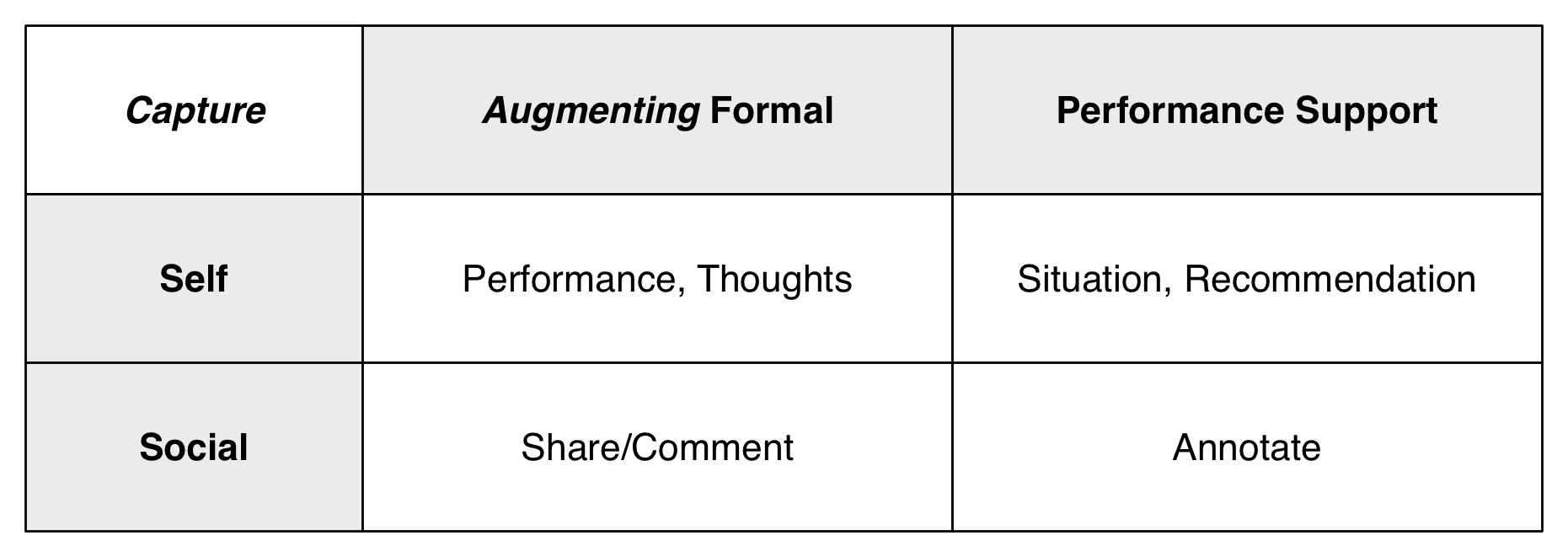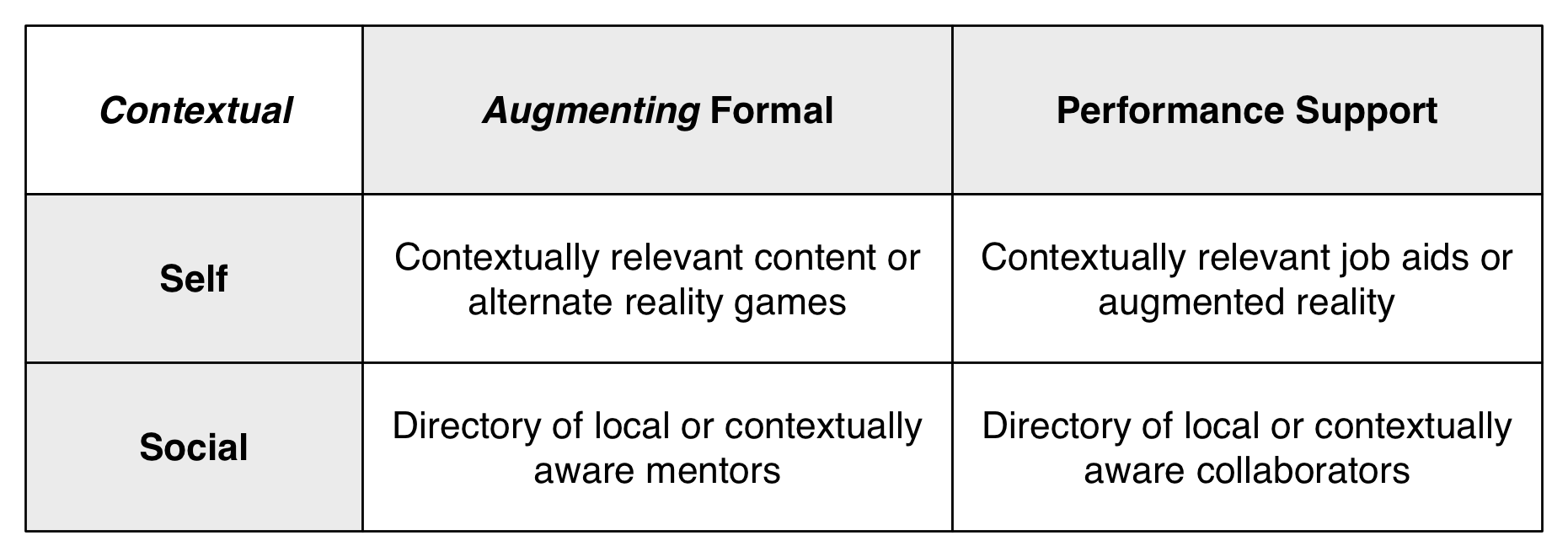A couple of weeks ago, I was riffing on sensors: how mobile devices are getting equipped with all sorts of new sensors and the potential for more and what they might bring. As part of that discussion was a brief mention of sensor nets, how aggregating all this data could be of interest too. And low and behold, a massive example was revealed last week.
The context was the ‘spring forward’ event Apple held where they announced their new products. The most anticipated one was the Apple Watch (which was part of the driving behind my post on wearables), the new iConnected device for your wrist. The second major announcement was their new Macbook, a phenomenally thin new laptop with some amazing specs on weight and screen display, as well as some challenging tradeoffs.
One announcement that was less noticed was the announcement of a new research endeavor, but I wonder if it isn’t the most game-changing element of them all. The announcement was ResearchKit, and it’s about sensor nets.
So, smartphones have lots of sensors. And the watch will have more. They can already track a number of parameters about you automatically, such as your walking. There can be more, with apps that can ask about your eating, weight, or other health measurements. As I pointed out, aggregating data from sensors could do things like identify traffic jams (Google Maps already does this), or collect data like restaurant ratings.
What Apple has done is to focus specifically on health data from their HealthKit, and partner with research hospitals. What they’re saying to scientists is “we’ll give you anonymized health data, you put it to good use”. A number of research centers are on board, and already collecting data about asthma and more. The possibility is to use analytics that combine the power of large numbers with a bunch of other descriptive data to be able to investigate things at scale. In general, research like this is hard since it’s hard to get large numbers of subjects, but large numbers of subjects is a much better basis for study (for example, the China-Cornell-Oxford Project that was able to look at a vast breadth of diet to make innovative insights into nutrition and health).
And this could be just the beginning: collecting data en masse (while successfully addressing privacy concerns) can be a source of great insight if it’d done right. Having devices that are with you and capable of capturing a variety of information gives the opportunity to mine that data for expected, and unexpected, outcomes.
A new iDevice is always cool, and while it’s not the first smart watch (nor was the iPhone the first smartphone, the iPad not the first tablet, nor the iPod the first music play), Apple has a way of making the experience compelling. Like with the iPad, I haven’t yet seen the personal value proposition, so I’m on the fence. But the ability to collect data in a massive way that could support ground-breaking insights and innovations in medicine? That has the potential for affecting millions of people around the world. Now that is impact.
 So, my starting point was realizing that it wasn’t just content. That is, there’s a difference between compute and content where the interactivity was an important part of the 4C’s, so that the characteristics in the content box weren’t discriminated enough. So the new two initial sections are mlearning content and mlearning compute, by self or social. So, we can be getting things for an individual, or it can be something that’s socially generated or socially enabled.
So, my starting point was realizing that it wasn’t just content. That is, there’s a difference between compute and content where the interactivity was an important part of the 4C’s, so that the characteristics in the content box weren’t discriminated enough. So the new two initial sections are mlearning content and mlearning compute, by self or social. So, we can be getting things for an individual, or it can be something that’s socially generated or socially enabled. The point is that content is prepared media, whether text, audio, or video. It can be delivered or accessed as needed. Compute, interactive capability, is harder, but potentially more valuable. Here, an individual might actively practice, have mixed initiative dialogs, or even work with others or tools to develop an outcome or update some existing shared resources.
The point is that content is prepared media, whether text, audio, or video. It can be delivered or accessed as needed. Compute, interactive capability, is harder, but potentially more valuable. Here, an individual might actively practice, have mixed initiative dialogs, or even work with others or tools to develop an outcome or update some existing shared resources.
